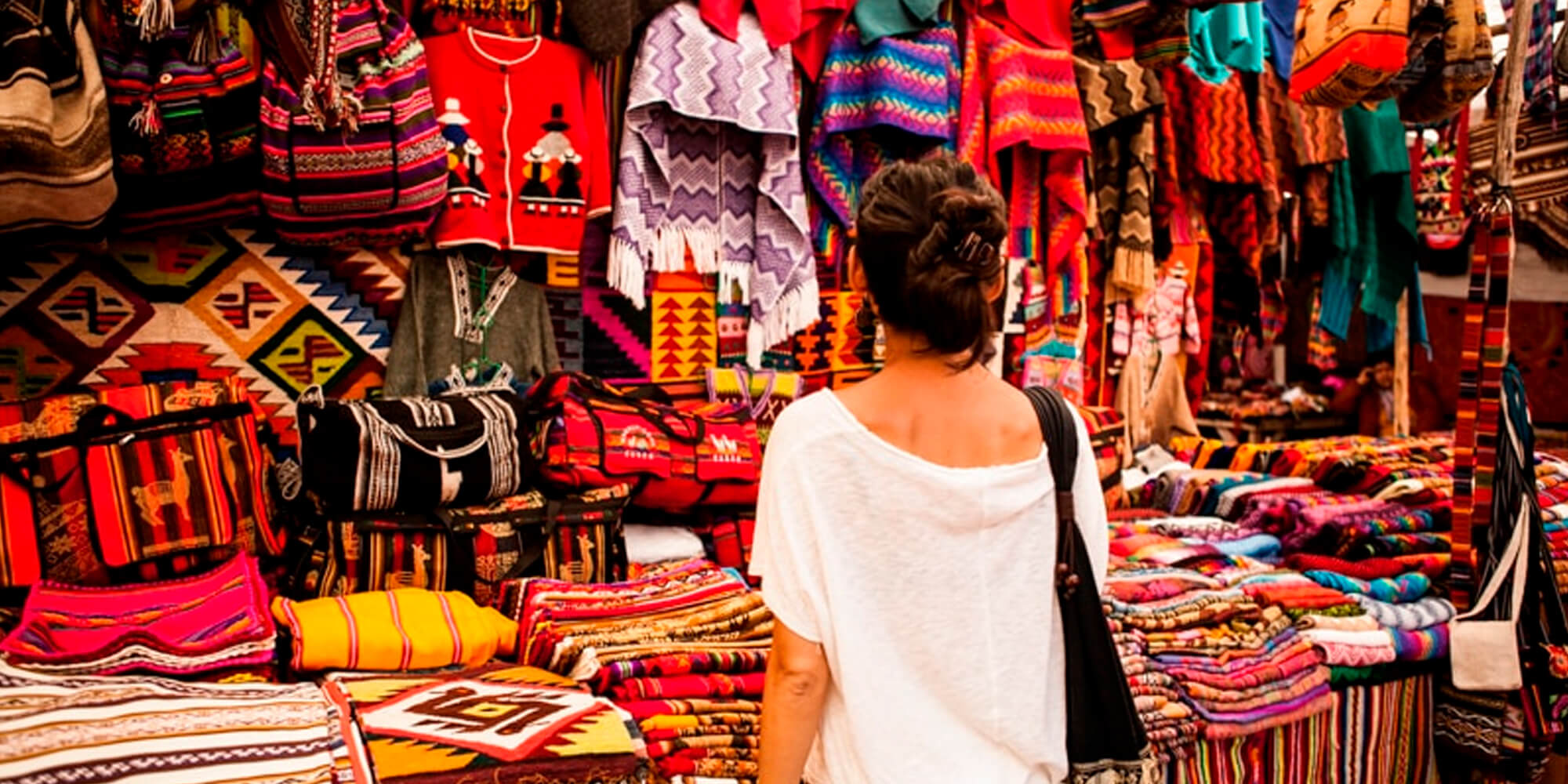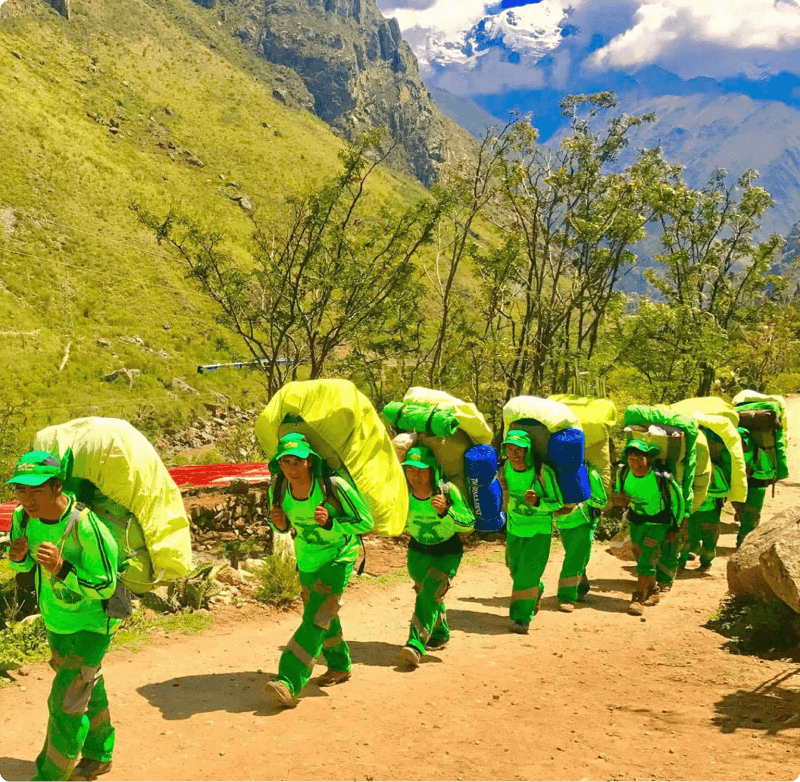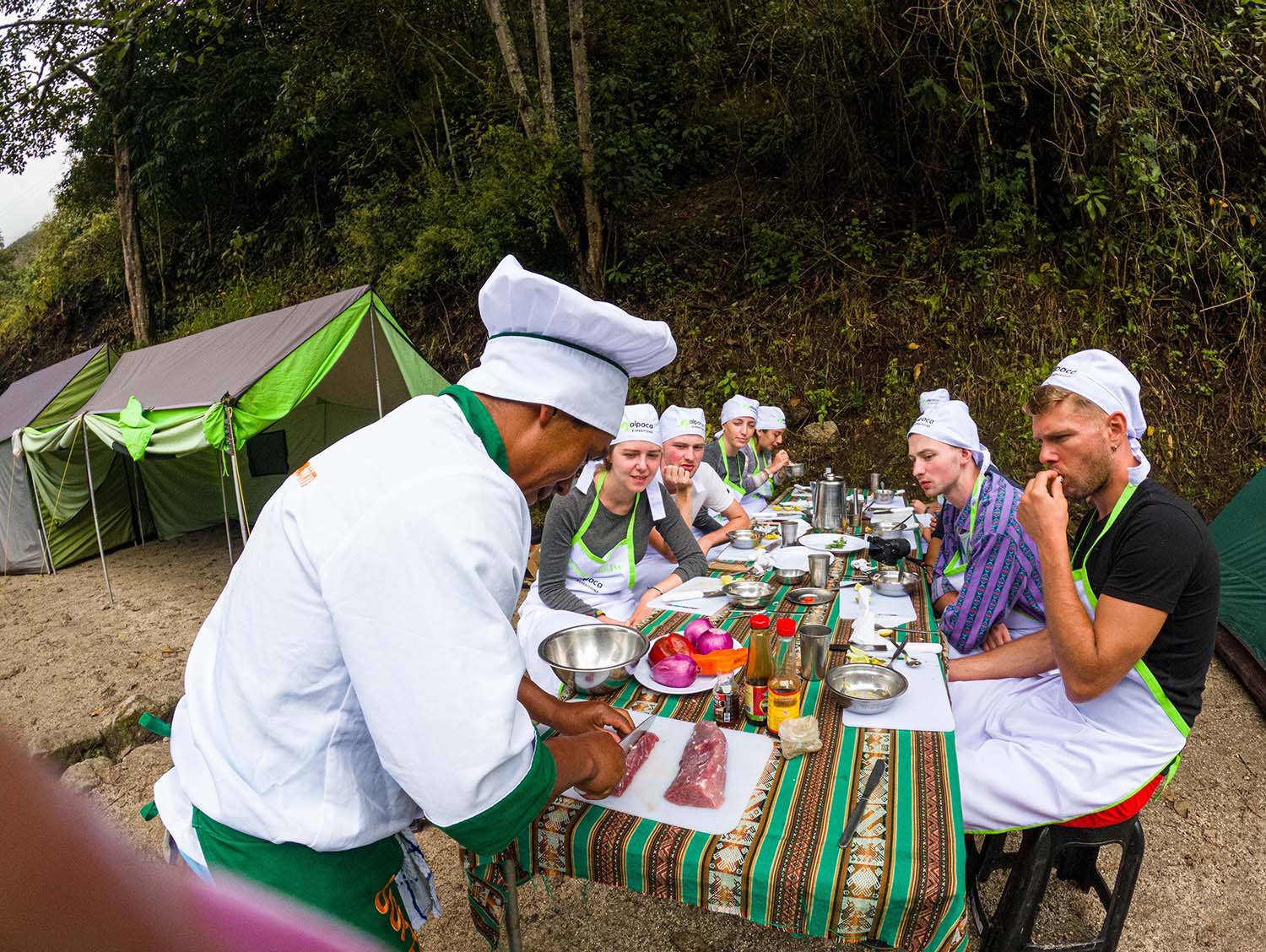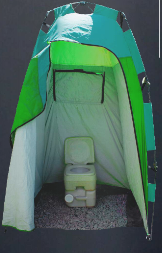Alpaca wool is a marvelous thing! It is super soft and warm and it “breathes,” making it wonderful to wear during cooler weather. Sweaters, gloves, hats, scarves and other garments are very popular purchases for travelers coming through Peru.
Unfortunately, many garments that are sold as “alpaca” or “baby alpaca”, even when they are labeled as such, are not the genuine article they claim to be, but are brushed acrylic or a blend of alpaca and synthetic fibers, frequently sold at surprisingly low prices.
The alpaca is a domesticated animal which is descended from the Andean vicuña, a wild South American camelid which is considered to have the softest, and certainly the most expensive wool in the world. They have been bred since before the Inka times to have super thick coats. Llama wool is much coarser and used more for making rope and sacks and practical items than for garments that people wear.
The wool from the first shearing of this animal, in the first 2 years if its life, is called “baby alpaca” and is a super-fine, super-soft fiber which can be worn right next to the skin without itching. The wool does not have the natural oil called lanolin, which is what makes sheep’s wool itch when right against the skin.
So in terms of desirability and softness, vicuña wool is king, but the cost is prohibitive for most people. Baby alpaca is the next most desirable, and you will find many, many places offering garments made from baby alpaca fibers. As mentioned before, many of these items are mislabeled and are not 100% baby alpaca.
Here are a few ways that you can tell:
- Touch it- alpaca wool is cool to the touch, acrylic is warmer.
- Pick it up – alpaca wool is quite a bit heavier than synthetic.
- Check the inside of the garment – when acrylic is brushed it is smooth and soft on the outside and appears much more like alpaca. The inside is usually rougher. Many high-quality products (but not all) do not have inner seams.
- Any super-bright colors are going to likely be synthetic. Many alpaca products are made in the natural color of the wool, or only dyed with natural dyes, which are more muted and never fluorescent orange, chartreuse or magenta in color
Acrylic “pills” when washed – alpaca does not. If the price seems to be too good to be true, it likely is! The inexpensive sweaters that you buy from the handicrafts markets are fun, but they may be mislabeled. If you are looking for a quality product, buy from a reputable shop or manufacturer. Good quality is not cheap, but you will enjoy the luxuriousness of this beautiful garment for many years to come!























 Porters will carry up to 7 kg of your personal items, which must include your sleeping bag and air mat (if you bring or rent one). From us, these two items weigh a combined total of 3.5 kg.
Porters will carry up to 7 kg of your personal items, which must include your sleeping bag and air mat (if you bring or rent one). From us, these two items weigh a combined total of 3.5 kg.

